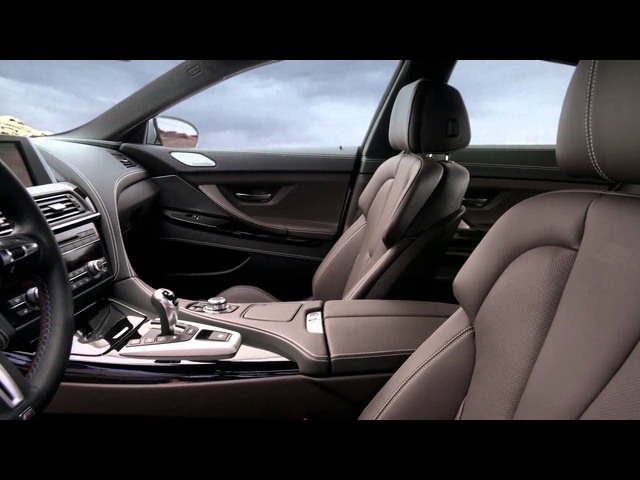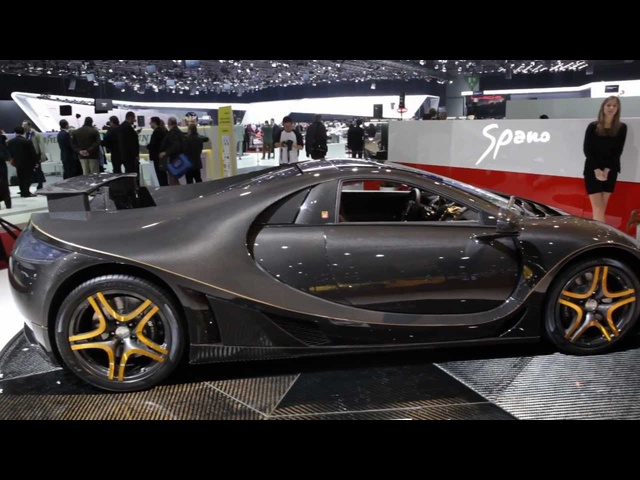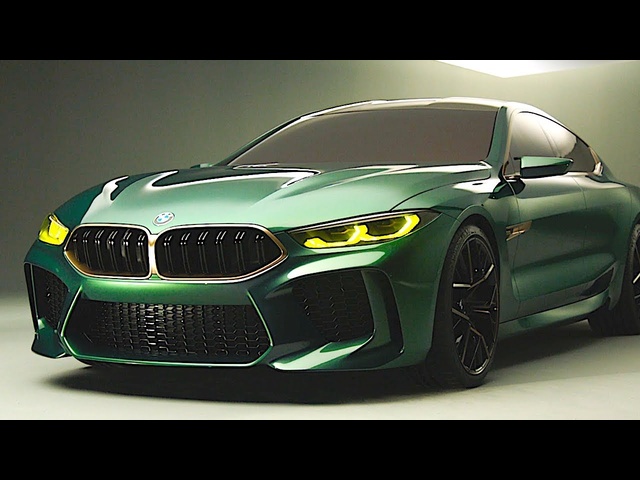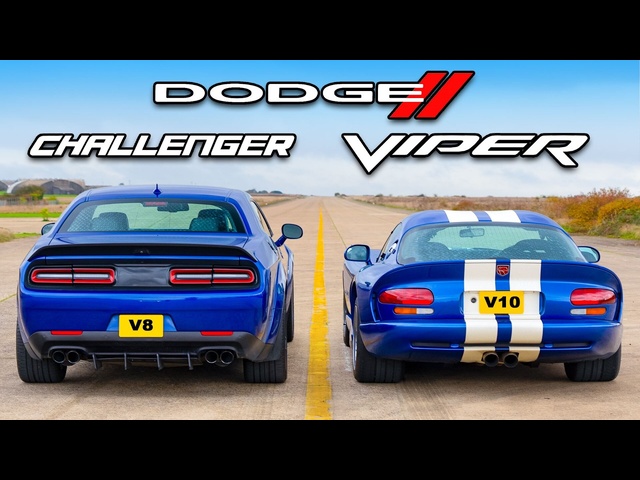Views: 4677
Bugatti EB110 Original Factory Footage Bugatti EB110 Tribute Commercial Classic Bugatti Video Carjam
Even 30 years later the Bugatti EB110 is still among the fastest cars on the planet. And yet, thanks to the all-wheel drive system, the EB110 was a suave drive unless as one owner said to Jay Leno - you really want to spank it! Watch in UltraHD + SUBSCRIBE #CARJAMTV
CARJAM TV - Subscribe Now https://www.instagram.com/carjamtv/
Website: http://www.carjamtv.com
True to the motto of Ettore Bugatti, he only wanted the best for his vehicle. The lightweight Bugatti EB110 monocoque weighing only 125 kg consisted of carbon, manufactured by the French aerospace company Aerospatiale. Aluminum, carbon and aramid fibre and reinforced plastic were used for the body, the Bugatti EB110 wheel rims were cast of magnesium, each screw and bolt is made of titanium. The Bugatti EB110 3.5-liter V12 mid-engine with four turbochargers and a maximum speed of 8,250 rpm. Two camshafts per cylinder bank and five valves per combustion chamber ensured fast gas exchange.
Depending on the Bugatti EB110 model and configuration, the engine provided between 560 and 610 hp, the power is transmitted permanently on all four wheels. This is ensured by a Bugatti EB110 manual six-speed transmission, all-wheel-visco lock, limited slip differential in the rear and a torque distribution of 27:73 percent. On the Bugatti EB110 18 inch magnesium rims sat the front tires in the 245/40 ZR18 dimensions and the back ones in 325/30 ZR18.
A lighter and more powerful variant with 450 kW (612 PS; 603 hp) called the Bugatti EB110 Super Sport was introduced at the 1992 Geneva Motor Show just six months after the introduction of the Bugatti EB110 GT. The Bugatti EB110 Super Sport variant was lighter than the GT by 150 kg (330 lb) which was achieved by the use of carbon-fibre body panels on the exterior and in the interior. The Bugatti EB110 Super Sport top speed of 355 km/h (221 mph) and Bugatti EB110 Super Sport 0–100 km/h (0–62 mph) in 3.2 seconds.
Early in 1994, Formula One driver Michael Schumacher purchased a yellow Bugatti EB110 Super Sport, giving the company a great deal of publicity. Schumacher retained the car until 2003.
Derek Hill, son of American Formula One champion Phil Hill, was one of three drivers on a team that competed with an Bugatti EB110 in the United States at the 1996 24 Hours of Daytona.
Bugatti EB110 High Speed Record
All this was new in the early 1990s and, most definitely, a sensation. A V12 with four turbochargers with intercooler, four-wheel drive and two differentials was unheard of. It was an absolute super sports car. From 0 to 100 km/h the EB110 needed only 3.26 seconds, making Bugatti EB110 the fastest production car of its time. Its top speed is 351 km/h. World record for a standard sports car. Even 30 years later the Bugatti EB110 is still among the fastest cars on the planet. And yet, thanks to the all-wheel drive system, the EB110 was a suave drive and, because of the standard ABS, it was considered a safe vehicle as well. Bugatti sprang and placed itself to the top of the automotive industry, making it difficult for any competition. That’s exactly where Artioli had always seen the brand to be.
In addition, the EB110 offered extreme comfort: air conditioning, electric seat adjustment, power steering, central locking and a high-quality sound system were among the standard features. The interior features the most magnificent materials in the world, among them leather from the Italian furniture manufacturer Poltrona Frau. The Bugatti EB110 doors swung elegantly upwards when opened, and an automatically extendable rear spoiler would increase the contact pressure at higher speeds, while an automatically adaptable c-pillar improved the aerodynamics as well as the engine cooling.
Although the EB110 was made by hand in Campogalliano, Bugatti celebrated its first new vehicle on 15th September 1991 in France - coinciding with Ettore Bugatti's 110th birthday. Around 2000 invited guests came to the presentation in Paris, and three EB110s crossed the Champs-Élysées. The first orders for the super car were received - it couldn’t look any better. Bugatti offered the Bugatti EB110 in the model variants Bugatti EB110 GT (Gran Turismo) and a little later the lighter and stronger variant Bugatti EB110 S (Super Sport, later called SS). Bugatti sets four world record with the Bugatti EB110 : for the fastest acceleration, the fastest series production sports car, the fastest sports car running on gas, and the fastest series production car on ice.
The car has a 60-valve, quad-turbocharged V12 engine fed through 12 individual throttle bodies, powering all four wheels through a six-speed manual transmission, Gandini's trademark scissor doors, it has a glass engine cover that provides a view of the V12 engine. The GT is equipped with a speed-sensitive electronic rear wing and active air flaps near the rear window that can be raised at the flick of a switch manually, while the Bugatti EB110 Super Sport has a fixed rear wing.
CARJAM TV - Subscribe Now https://www.instagram.com/carjamtv/
Website: http://www.carjamtv.com
True to the motto of Ettore Bugatti, he only wanted the best for his vehicle. The lightweight Bugatti EB110 monocoque weighing only 125 kg consisted of carbon, manufactured by the French aerospace company Aerospatiale. Aluminum, carbon and aramid fibre and reinforced plastic were used for the body, the Bugatti EB110 wheel rims were cast of magnesium, each screw and bolt is made of titanium. The Bugatti EB110 3.5-liter V12 mid-engine with four turbochargers and a maximum speed of 8,250 rpm. Two camshafts per cylinder bank and five valves per combustion chamber ensured fast gas exchange.
Depending on the Bugatti EB110 model and configuration, the engine provided between 560 and 610 hp, the power is transmitted permanently on all four wheels. This is ensured by a Bugatti EB110 manual six-speed transmission, all-wheel-visco lock, limited slip differential in the rear and a torque distribution of 27:73 percent. On the Bugatti EB110 18 inch magnesium rims sat the front tires in the 245/40 ZR18 dimensions and the back ones in 325/30 ZR18.
A lighter and more powerful variant with 450 kW (612 PS; 603 hp) called the Bugatti EB110 Super Sport was introduced at the 1992 Geneva Motor Show just six months after the introduction of the Bugatti EB110 GT. The Bugatti EB110 Super Sport variant was lighter than the GT by 150 kg (330 lb) which was achieved by the use of carbon-fibre body panels on the exterior and in the interior. The Bugatti EB110 Super Sport top speed of 355 km/h (221 mph) and Bugatti EB110 Super Sport 0–100 km/h (0–62 mph) in 3.2 seconds.
Early in 1994, Formula One driver Michael Schumacher purchased a yellow Bugatti EB110 Super Sport, giving the company a great deal of publicity. Schumacher retained the car until 2003.
Derek Hill, son of American Formula One champion Phil Hill, was one of three drivers on a team that competed with an Bugatti EB110 in the United States at the 1996 24 Hours of Daytona.
Bugatti EB110 High Speed Record
All this was new in the early 1990s and, most definitely, a sensation. A V12 with four turbochargers with intercooler, four-wheel drive and two differentials was unheard of. It was an absolute super sports car. From 0 to 100 km/h the EB110 needed only 3.26 seconds, making Bugatti EB110 the fastest production car of its time. Its top speed is 351 km/h. World record for a standard sports car. Even 30 years later the Bugatti EB110 is still among the fastest cars on the planet. And yet, thanks to the all-wheel drive system, the EB110 was a suave drive and, because of the standard ABS, it was considered a safe vehicle as well. Bugatti sprang and placed itself to the top of the automotive industry, making it difficult for any competition. That’s exactly where Artioli had always seen the brand to be.
In addition, the EB110 offered extreme comfort: air conditioning, electric seat adjustment, power steering, central locking and a high-quality sound system were among the standard features. The interior features the most magnificent materials in the world, among them leather from the Italian furniture manufacturer Poltrona Frau. The Bugatti EB110 doors swung elegantly upwards when opened, and an automatically extendable rear spoiler would increase the contact pressure at higher speeds, while an automatically adaptable c-pillar improved the aerodynamics as well as the engine cooling.
Although the EB110 was made by hand in Campogalliano, Bugatti celebrated its first new vehicle on 15th September 1991 in France - coinciding with Ettore Bugatti's 110th birthday. Around 2000 invited guests came to the presentation in Paris, and three EB110s crossed the Champs-Élysées. The first orders for the super car were received - it couldn’t look any better. Bugatti offered the Bugatti EB110 in the model variants Bugatti EB110 GT (Gran Turismo) and a little later the lighter and stronger variant Bugatti EB110 S (Super Sport, later called SS). Bugatti sets four world record with the Bugatti EB110 : for the fastest acceleration, the fastest series production sports car, the fastest sports car running on gas, and the fastest series production car on ice.
The car has a 60-valve, quad-turbocharged V12 engine fed through 12 individual throttle bodies, powering all four wheels through a six-speed manual transmission, Gandini's trademark scissor doors, it has a glass engine cover that provides a view of the V12 engine. The GT is equipped with a speed-sensitive electronic rear wing and active air flaps near the rear window that can be raised at the flick of a switch manually, while the Bugatti EB110 Super Sport has a fixed rear wing.
Make: Bugatti
More by CARJAM TV
-
 RR Cullinan Black Badge TV Ad - Are You ...
RR Cullinan Black Badge TV Ad - Are You ...
 Rolls Royce
Views: 1141
Rolls Royce
Views: 1141 -
 BMW M6 2013 Gran Coupé Interior Detail ...
BMW M6 2013 Gran Coupé Interior Detail ...
 BMW
Views: 6377
BMW
Views: 6377 -
 2013 GTA Spania Super Car Geneva Motor Show 2013 ...
2013 GTA Spania Super Car Geneva Motor Show 2013 ...
 Views: 2332
Views: 2332 -
 BMW M8 Gran Coupe 2019 World Premiere Geneva 2018 ...
BMW M8 Gran Coupe 2019 World Premiere Geneva 2018 ...
 BMW
Views: 18745
BMW
Views: 18745





